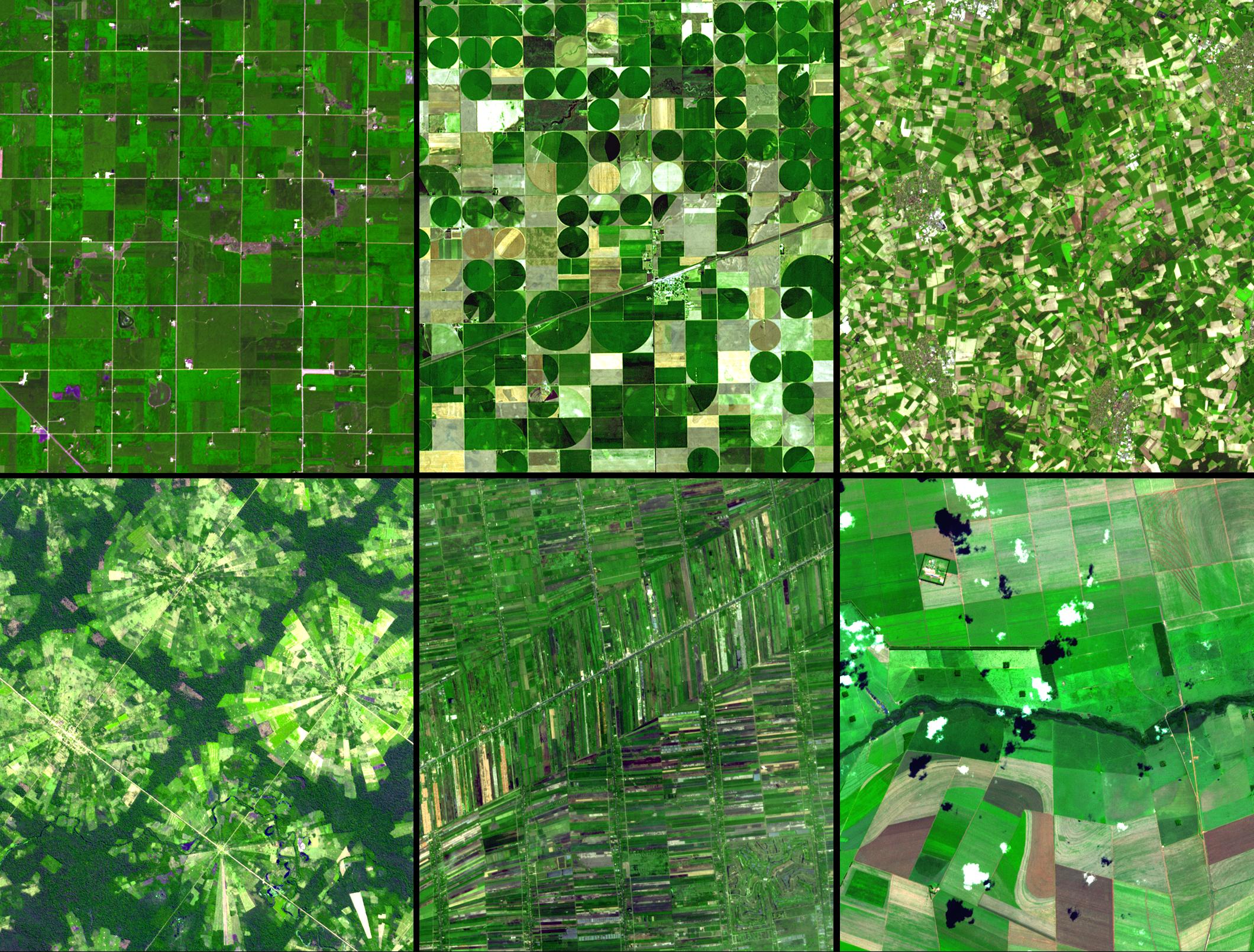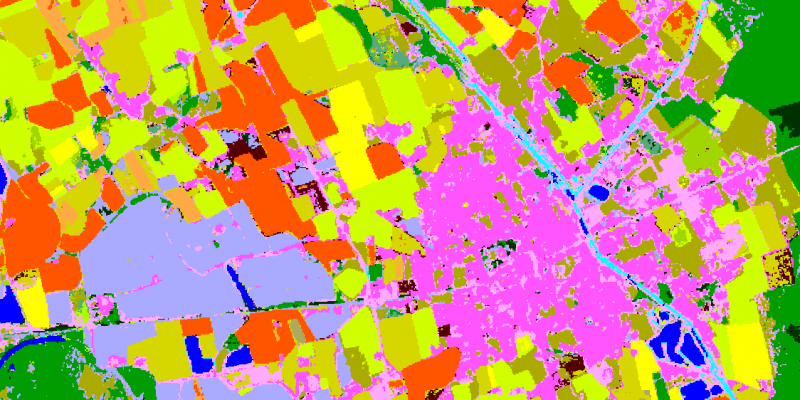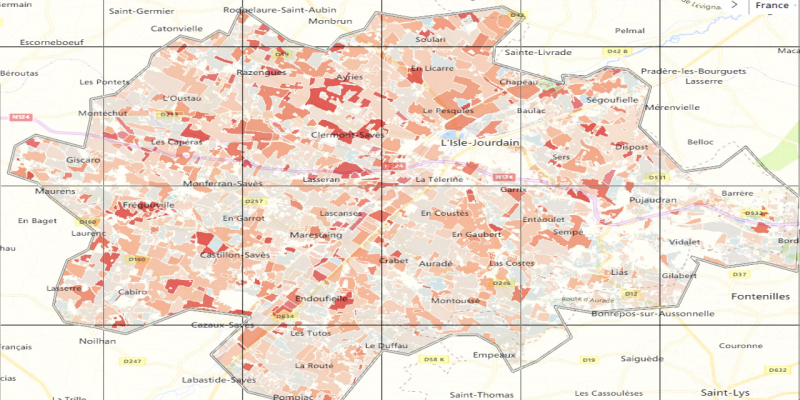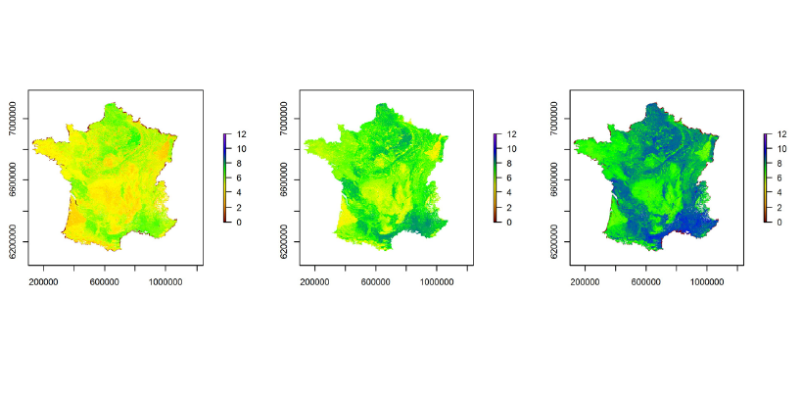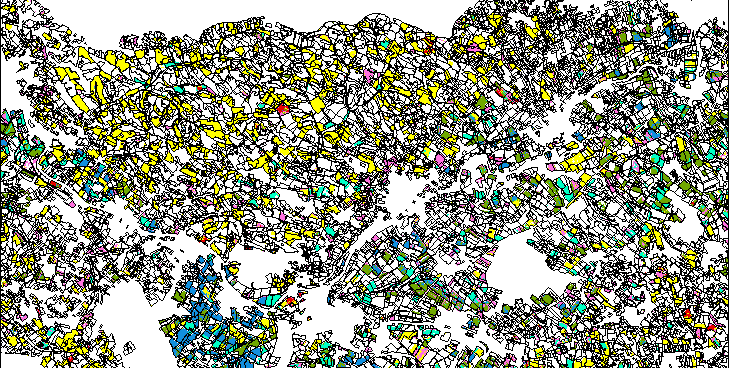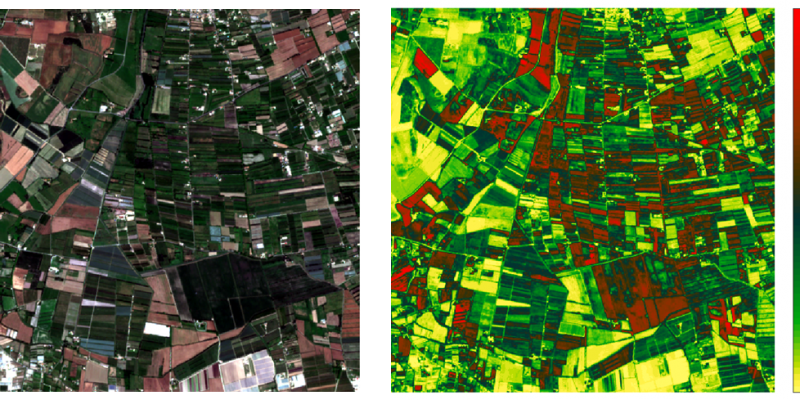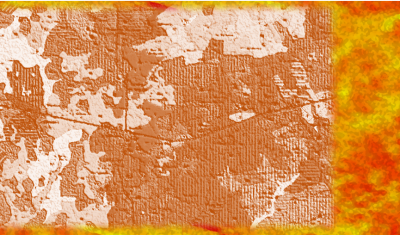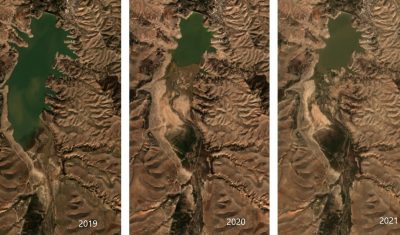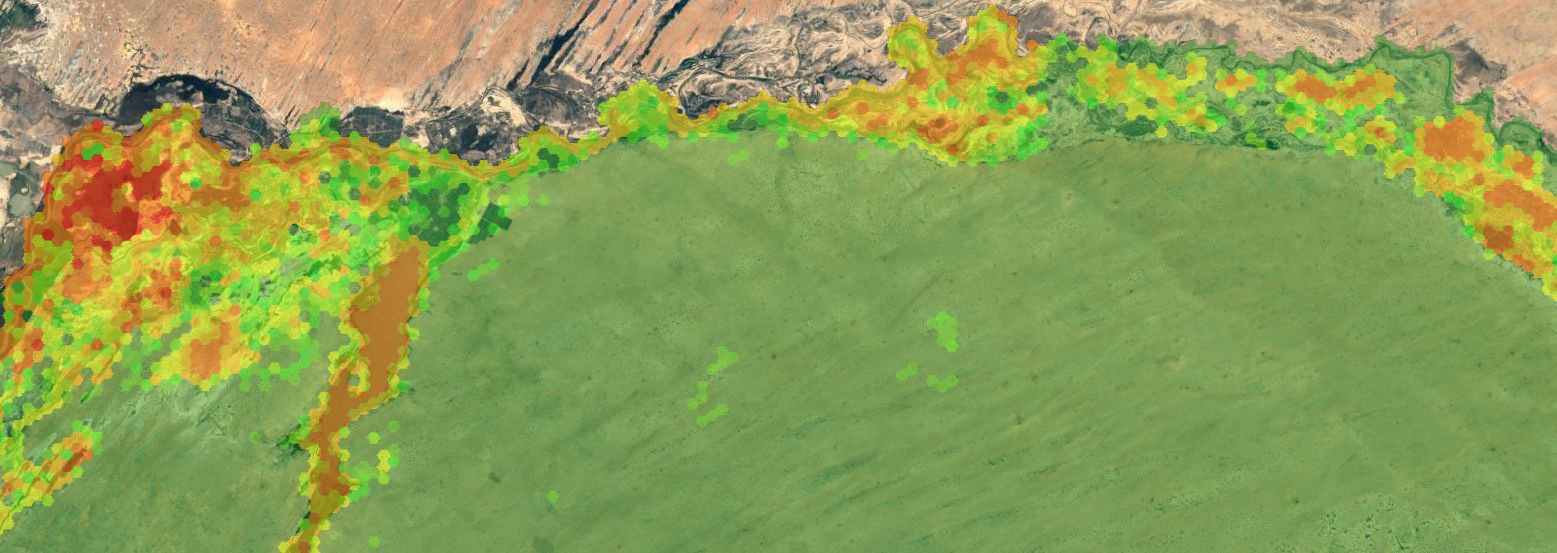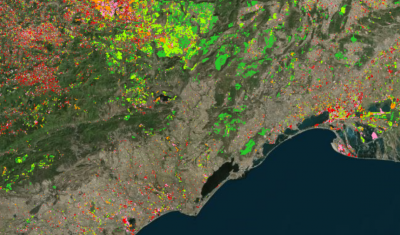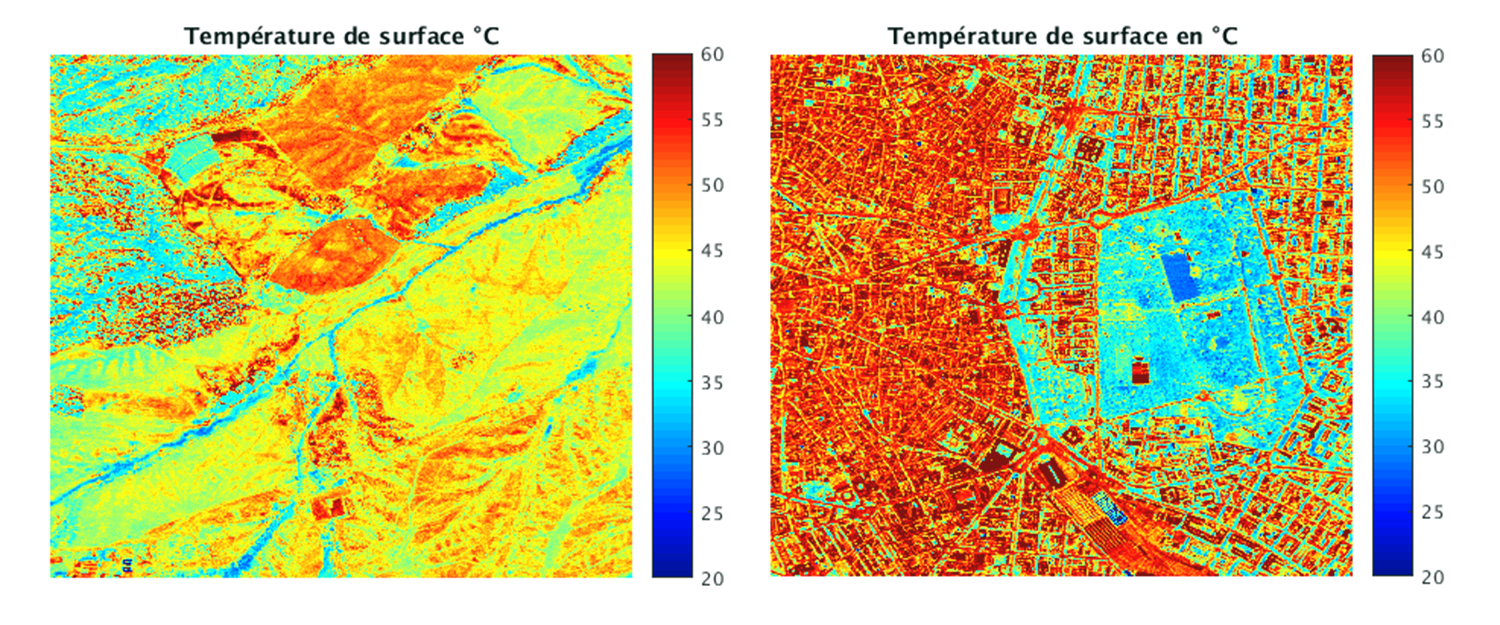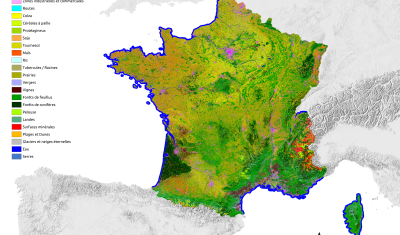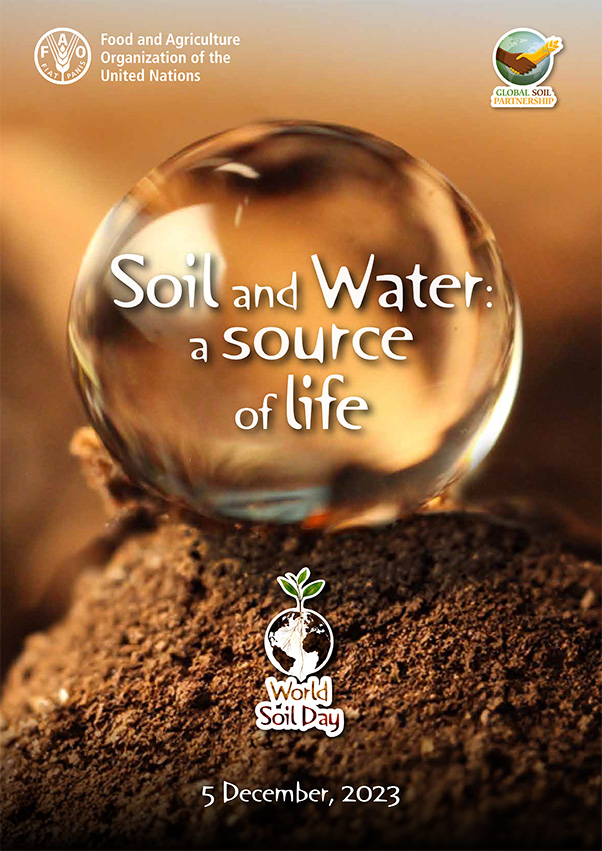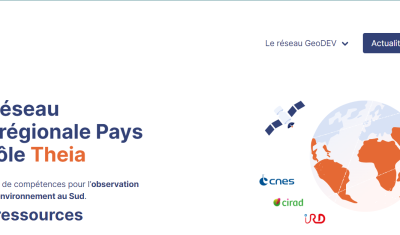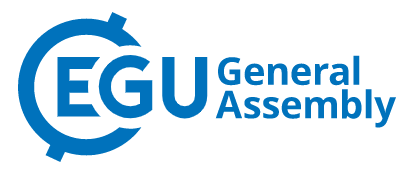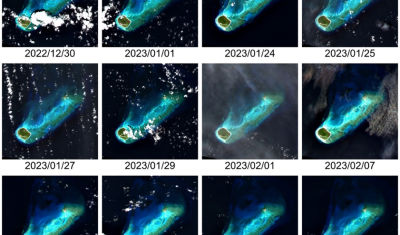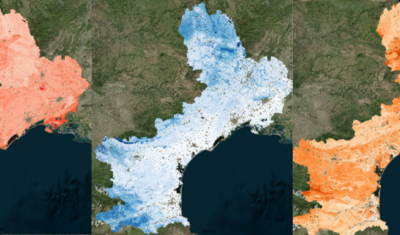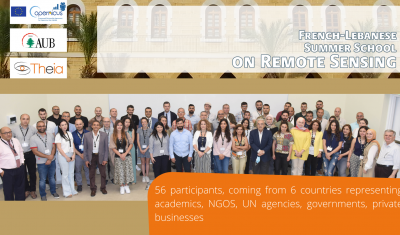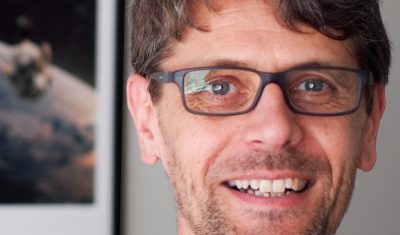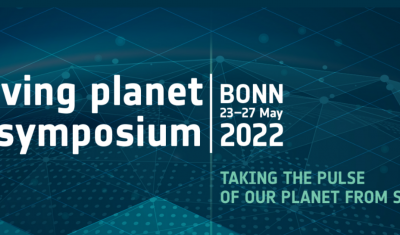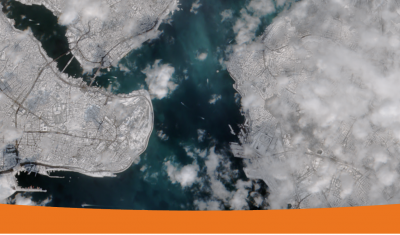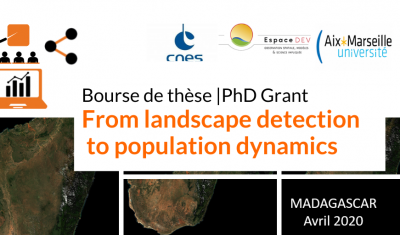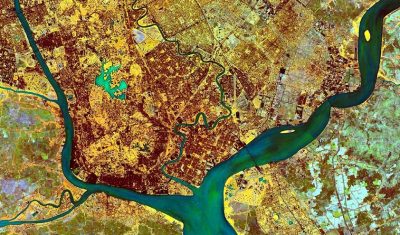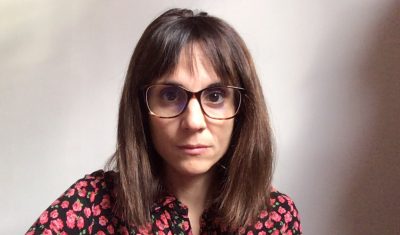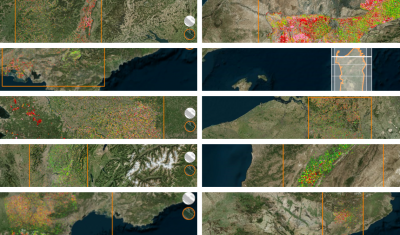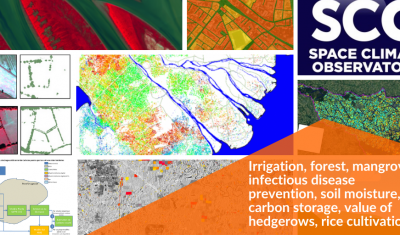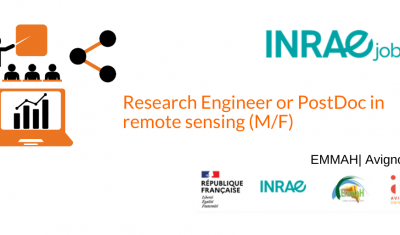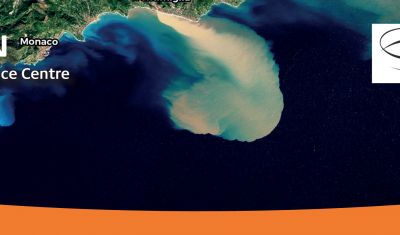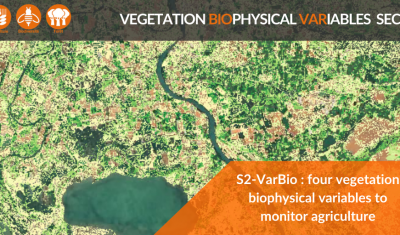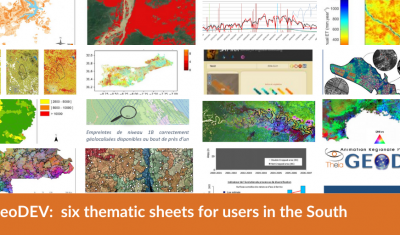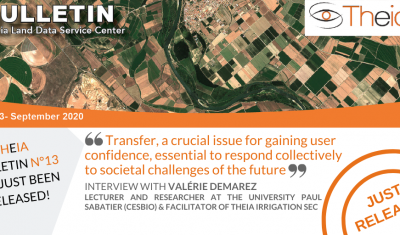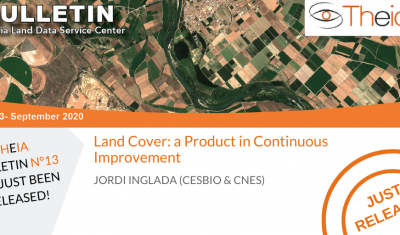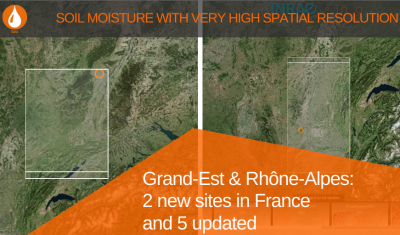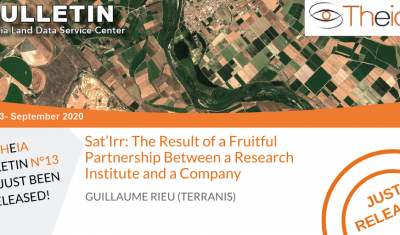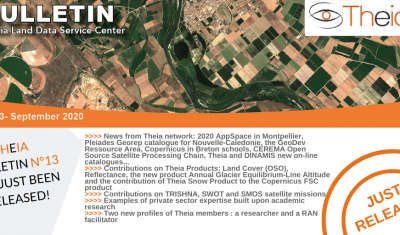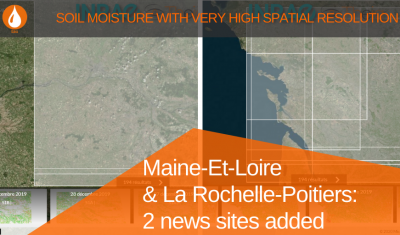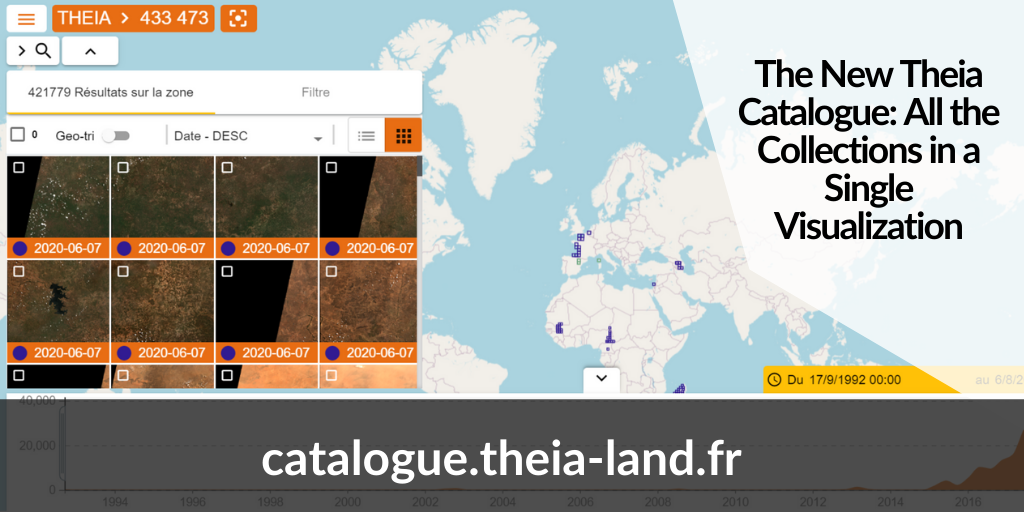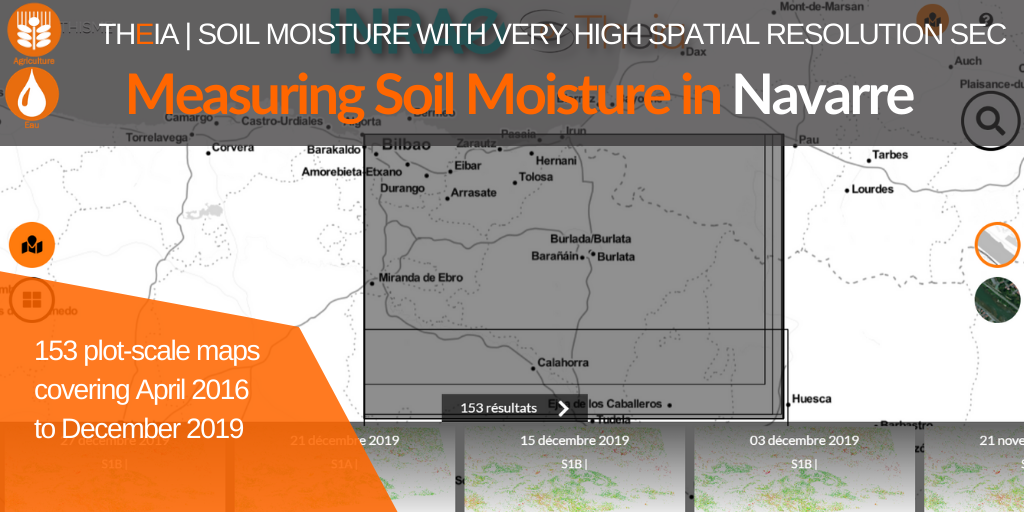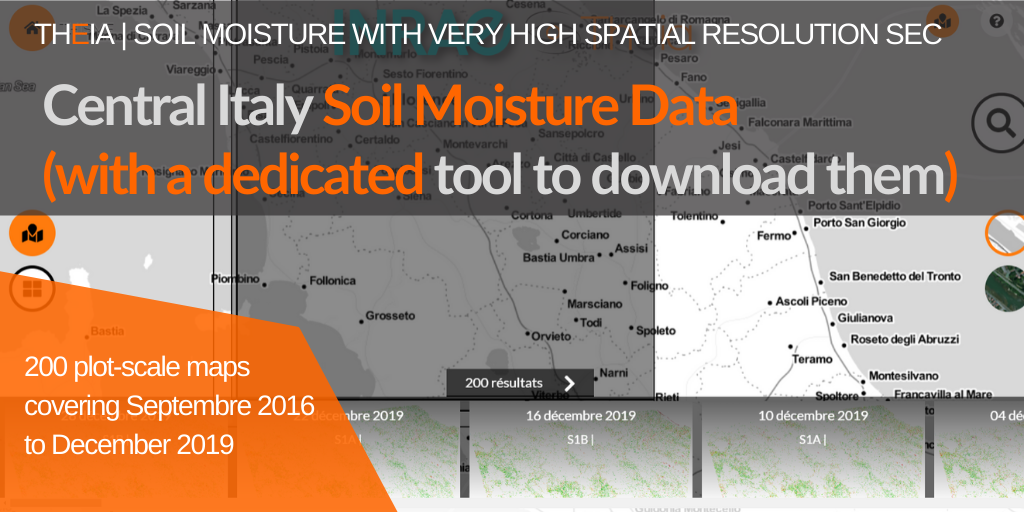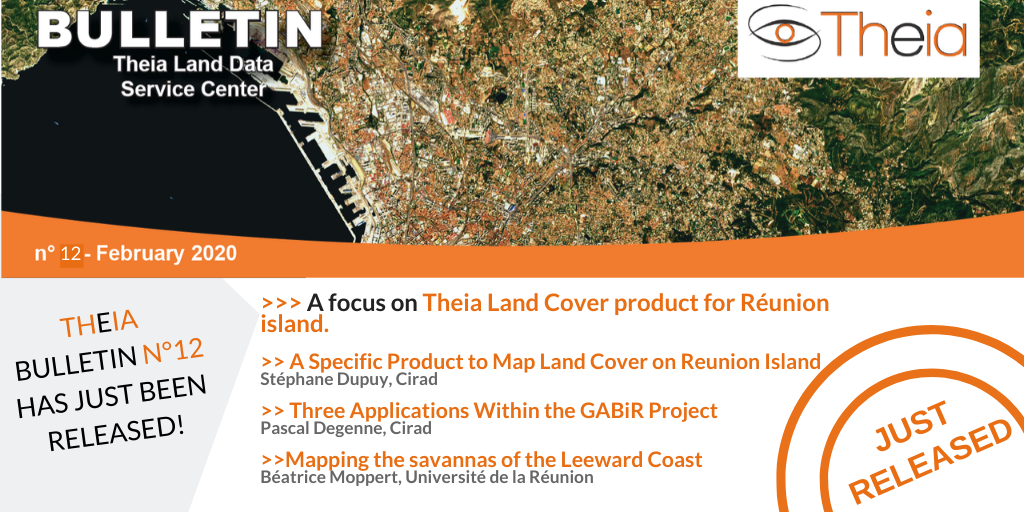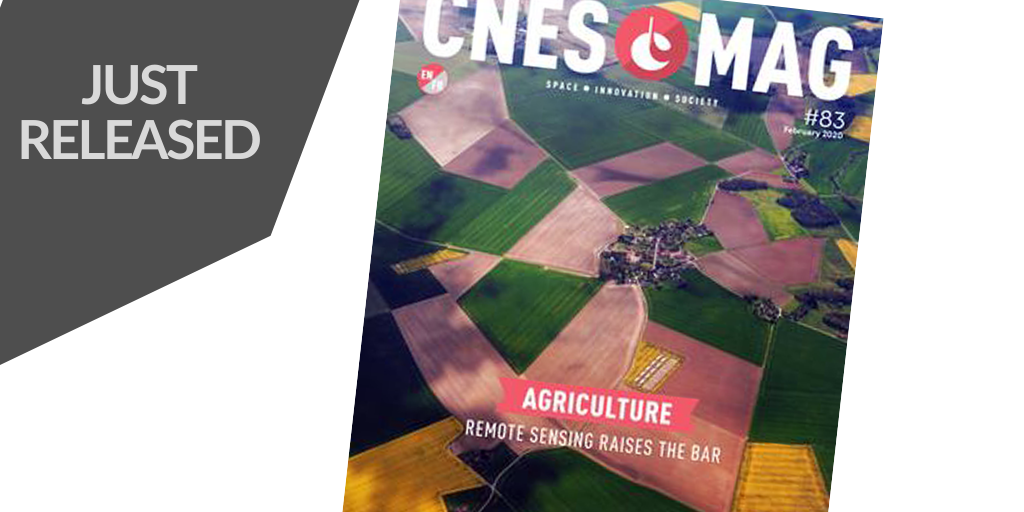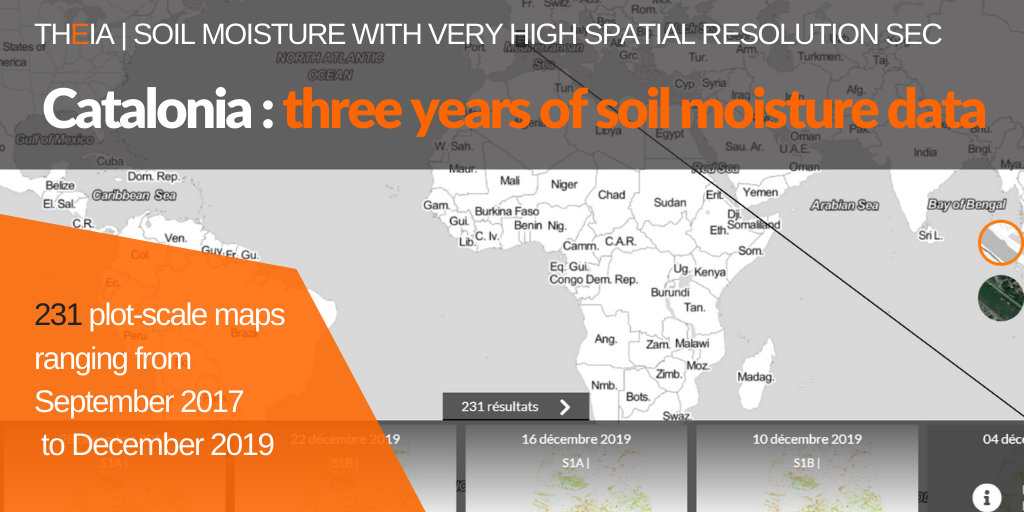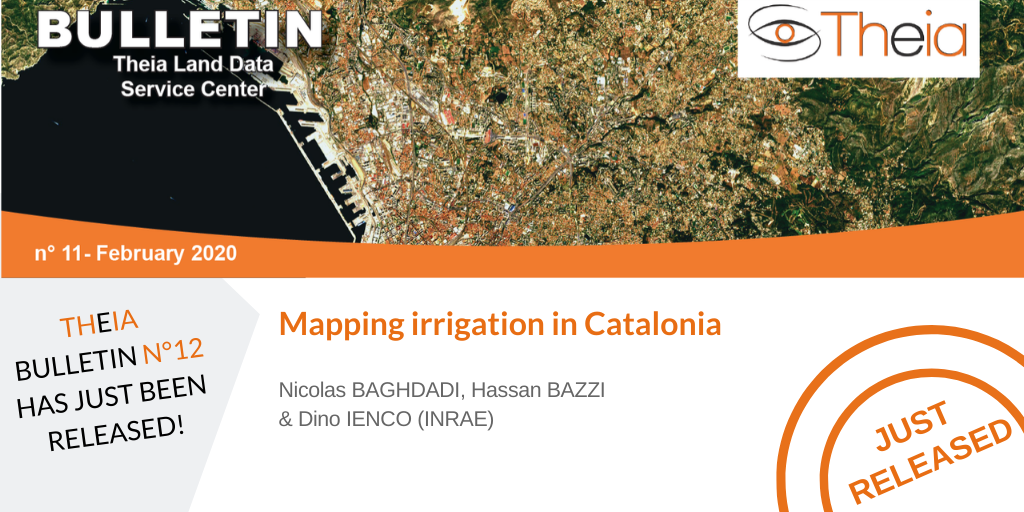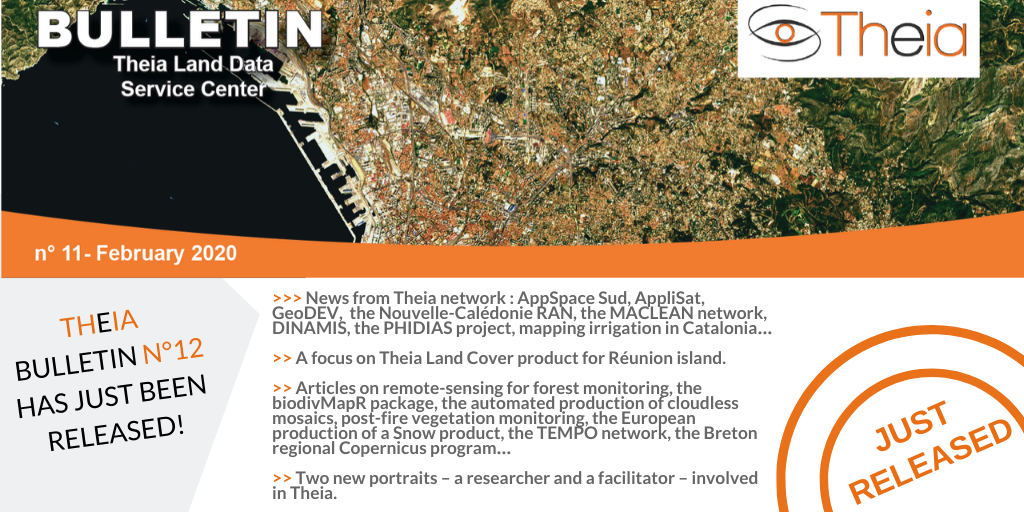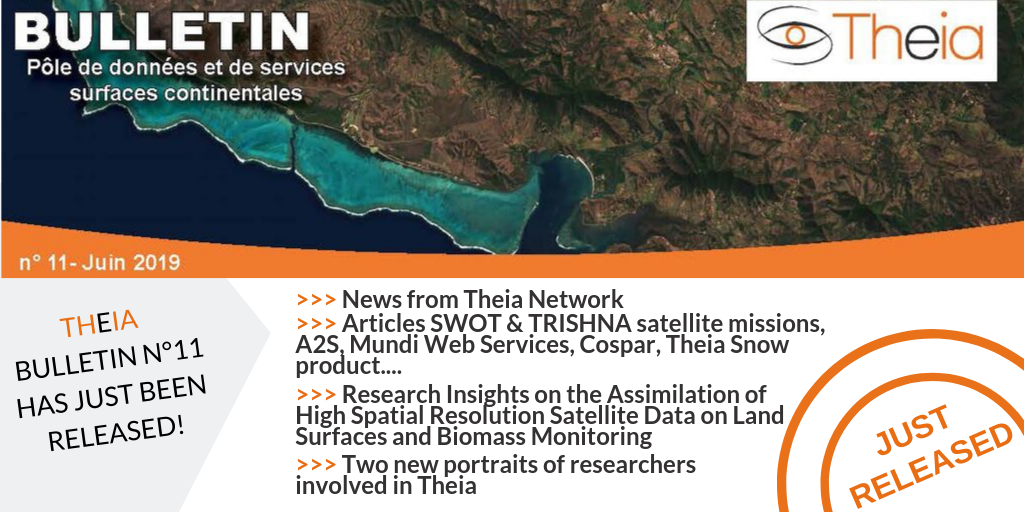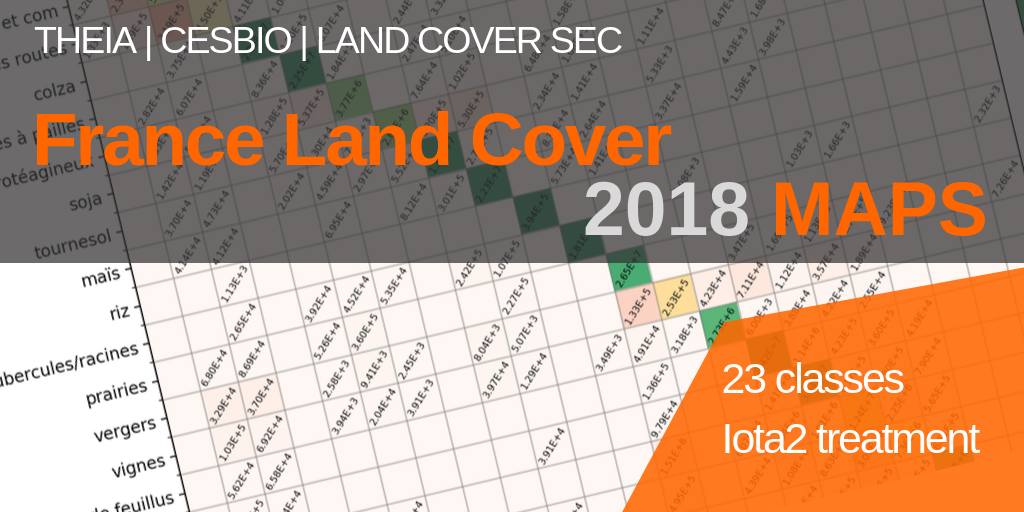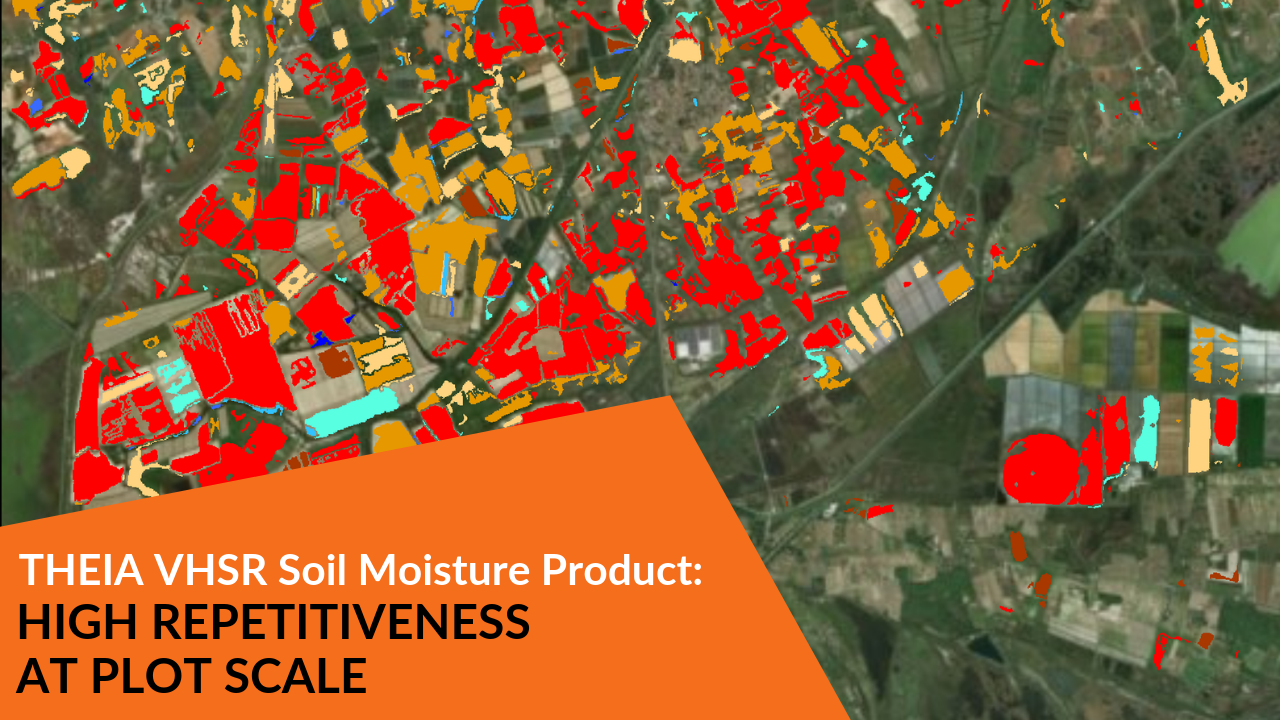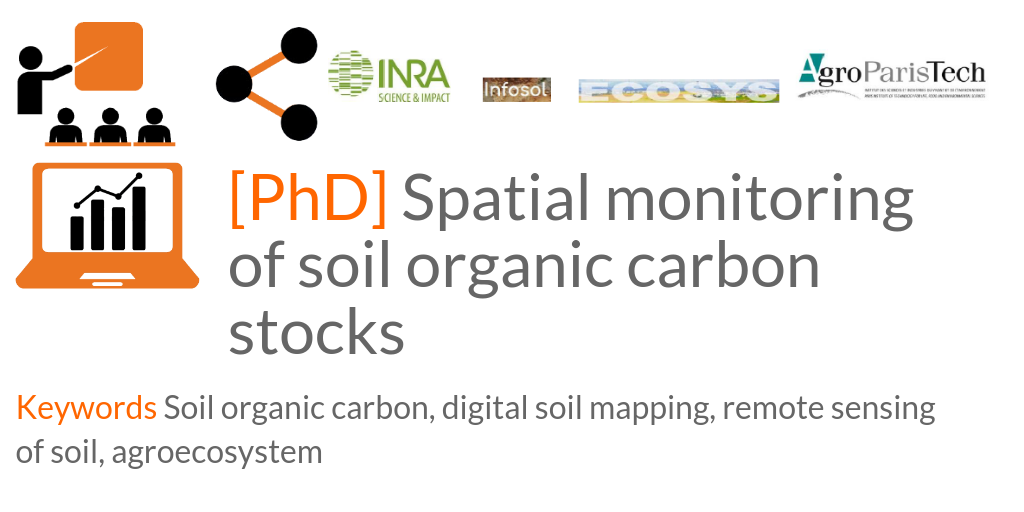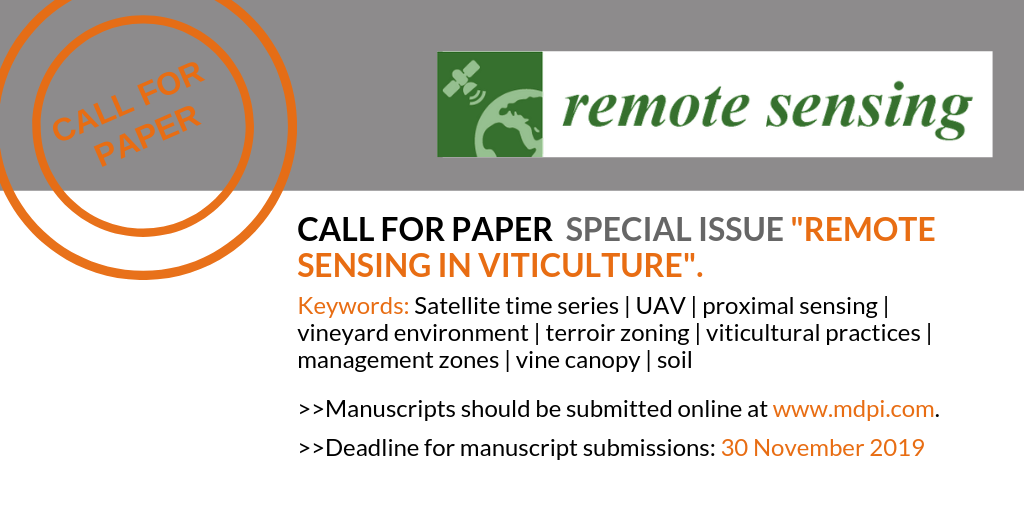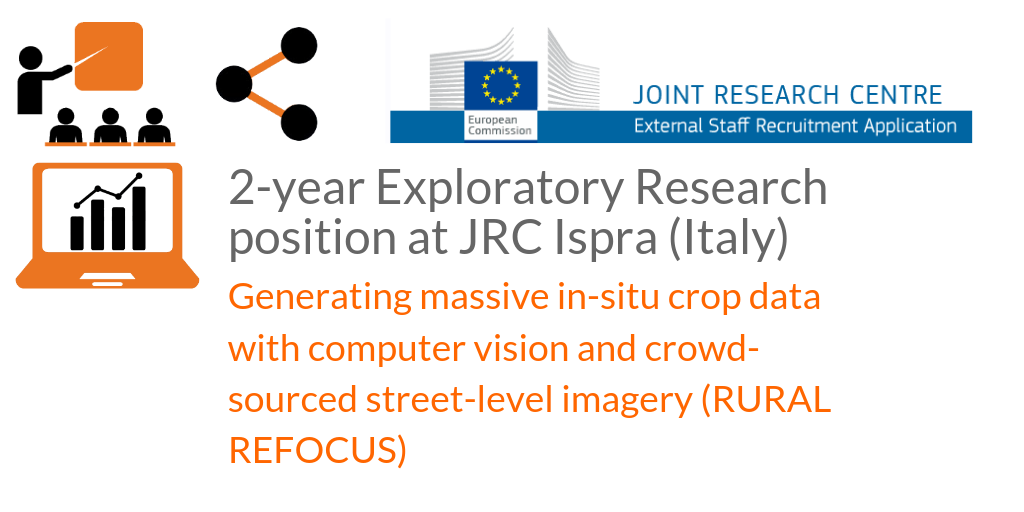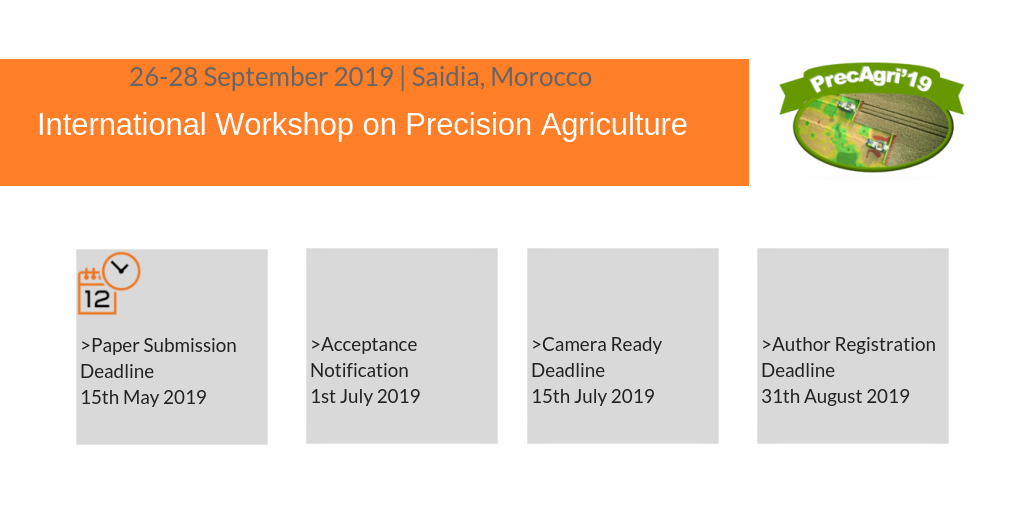Challenges
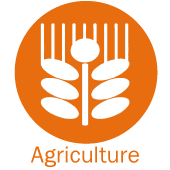
The most recent global outlook for 2050 by the Food and Agriculture Organisation (FAO) indicates that the population is going to grow considerably in the coming decades. By 2050, world agricultural production will need to have increased by around 70% compared to that of 2005 (FAO, 2011). Around 80% of this increase should come from a growth in yield and intensification, such as increasing the number of crop cycles per year and/or shortening the fallow periods.
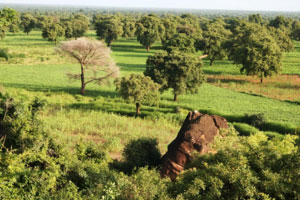
These developments need to counter climate change (characterised by the variability in precipitation and an increasing number of extreme events), its consequences (a change in the distribution of plants and vector-transmitted diseases in addition to greater variability in crop yield), the competition for land (increased competition between food and bioenergy production), and finally related environmental pressures such as overexploitation of water in soil, deteriorating water quality and soil degradation. Consequently, in addition to the need to increase agricultural production, the main challenge facing this sector will be to improve the management of natural resources, especially by implementing more eco-friendly practices like ecological intensification or conservation agriculture.
Under such circumstances, there is a wide range of remote sensing applications for the farming sector:
- monitoring crops on a regional or global scale for markets;
- monitoring crops in high-risk countries for food supply needs;
- mapping land cover and use, along with their evolution for public policy-making and environmental issues;
- the estimation of biophysical variables for precision farming, phenotyping and both carbon and water budgets;
- mapping farming practices and crop systems in order to model crops and environmental issues.
Research issues
The scope of each application raises a number of research issues.
- Mapping cropped land, crop groups (winter or summer crops, for example) and crop species. Due to variability in farming practices and growth conditions, but especially due to synchronous cropping calendars, the mapping of cropped species remains an area of research. This is particularly true in regions of the world where fields are small and crops heterogeneous (mixed crops and different crops on the same plot). New methods, such as the object-oriented approach or use of multi-temporal, multi-source data are being investigated to improve crop mapping. Finally, another focus for research is the integration of agricultural statistics in order to estimate cropped surface areas through remote sensing resources.
- Crop monitoring: on regional and global scales, crop monitoring is mainly based on the analysis of time series of the normalized difference vegetation index (NDVI) which is used to detect growth anomalies. Currently, the GEOGLAM project supplies more informative maps with maps on crop phenology, growth conditions per region and associated climate factors for the main commercial crops worldwide—wheat, maize, rice and soya. However, a substantial research effort is required to monitor crops in high-risk countries.
- Estimation of crop yield: there is currently no operational system for estimating yield using remote sensing resources on a detailed scale. On a European scale, approaches have been developed within ISPRA to manage the stocks of major crops by large-scale forecasts using low-resolution remote sensing data combined with crop models (follow the links for more details: http://mars.jrc.ec.europa.eu/mars/About-us/AGRI4CAST or https://ec.europa.eu/jrc/en/research-topic/crop-yield-forecasting). On a regional scale, this absence may be explained by the lack of time series of decametric imagery. Various lines of research will need to be re-examined in the light of Sentinel-2 data, including the use of empirical relations with field data or statistical data, a simplified Monteith, or coupling with plant models.
- Estimation of biophysical surface variables: e.g. leaf area index (LAI), net primary production (NPP), the fraction of absorbed photosynthetically active radiation (fAPAR), nitrogen content, chlorophyll content and water content in plants.
- Estimation of environmental variables: e.g. soil type and humidity.
- Cropping systems and farming practices: research is being developed in order to use remote sensing techniques to map the organisation of land parcels in space (parcel size and diversity of crops grown there) and identify farming practices (e.g. determining the sowing date, the main fertiliser or water inputs and the number of crop cycles per year).
Some Theia products
Relevant SECs
Theia News on Agricultute
Applications
- TOSCA Systcult (V. Lebourgeois, CIRAD TETIS)
The objective of this project is to pave the way for the future Sentinel-2 space mission by developing mapping products for food supply security systems in countries at risk. This work is based on current satellite systems (SPOT & Pleiades) and is exploring new methodologies for processing and analysing multi-source remote sensing data in order to (i) map different crop systems and (ii) improve the estimation of agricultural production. It focuses on a study area near Antsirabe in the Madagascar highlands. - TOSCA DynAfrique (A. Bégué, CIRAD TETIS)
This work aims (i) to characterise by remote sensing the dynamics of agricultural production in West Africa by analysing the NDVI iso-trends and national agricultural statistics, and (ii) to try to explain these dynamics by analysing climate variations in addition to changes in land cover and farming practices. - TOSCA TRECS (V. Soti, CIRAD AIDA)
- TOSCA CALVADOVS: Centre for Algorithms and Validation of Data from VenμS and Sentinel-2. (Hagolle O, CESBIO, joined by the CNRM in Toulouse and the EMMAH mixed research unit in Avignon) 2014-2015. The goals are to make certain methods more operational. The methods in question are used for atmospheric corrections, detection of clouds, classification of land use, estimation of water needs and yields. Improvements will be sought by: – using tested, proven and documented programming codes, – making these tools open source for the scientific community, – testing the applicability and robustness of these methods on different sites – and defining and normalising measurement and validation protocols.
- TOSCA EVA2-IRT: Evaluation of Evapotranspiration products from the Thermal Infrared (Boulet G, CESBIO Toulouse, Olioso A, EMMAH mixed research unit, Avignon, JP Lagouarde, ISPA Bordeaux) Project to prepare for a future space mission in the thermal infrared to follow on from the MISTIGRI project, and to validate real evapotranspiration products based on thermal infrared data (high resolution from MISTIGRI, ASTER and Landsat, low resolution from Sentinel-3, MODIS and MSG).
- FP7 SIGMA (A. Bégué, CIRAD TETIS)
Europe’s SIGMA research project (Stimulating Innovation for Global Monitoring of Agriculture; http://www.geoglam-sigma.info) is supporting GEOGLAM (GEO GLobal Agriculture Monitoring). CIRAD’s participation in this project involves using remote sensing data to map farming systems on a regional scale then spatialize the information (i.e. broaden its scope) to cover West Africa through the SARRA-H rainfed crop model. - FP7 SIRRMED 2011-2014 Project aiming to develop methods to improve irrigation management on a regional scale and around the Mediterranean basin. Participation of the EMMAH mixed research unit, INRA, Avignon. A Olioso coordination of a work package on the development of operational tools: – BV-net to estimate biophysical variables (LAI, fAPAR and fCover from neural networks and radiative models together with EVASPA: estimation of evapotranspiration using the thermal infrared range.
- Agroforesterie (C. Lelong, CIRAD TETIS)
- JECAM (CIRAD) CIRAD is part of the JECAM network (http://www.jecam.org) of reference sites for the development of methods for agricultural applications. CIRAD has instigated or contributes to six sites: Burkina-Faso (rainfed cereals), Madagascar (high-altitude rice growing), Kenya (agroforestry), Sénégal (dry cereals), Brazil Sao-Paulo (Eucalyptus), Brazil-Tocantins (integration of livestock-agriculture-forest). Madagascar’s JECAM site (around Antisirabe) was selected as the test site for ESA’s Sentinel-2 Agri project.
- Project AïCHA: Adaptation of irrigated agriculture to climate change in India. (INRA SAS, COSTEL Rennes, EMMAH mixed research unit, Avignon, AGIR Toulouse, IISC Bangalore, India, etc.) (Coord: L Ruiz, Alban Thomas) 2012-2015 project funded by CEFIPRA 2012-2015 (coord. Sekhar Muddu, IISc Civil Engineering in Bangalore and L. Ruiz, INRA-SAS in Rennes); project funded by INRA ACCAF 2012-2014 (coord. Alban Thomas, INRA-LERNA, Toulouse). The project aims to produce an integrated model (agronomics, hydrology and economics) associated with scenarios of the evolution of cropping systems in order to assess the performance of water management policies on the scale of a farm and of a catchment area in an experimental site in India. The methodology combines remote sensing, ground truth surveys and inverse modelling to infer spatial distribution of biophysical parameters and the socio-economic determinants of the choice of cropping systems. A farmer’s decision-making model will be developed to assess the adaptability of cropping systems to climate change and the economic context (see https://inra-dam-front-resources-cdn.brainsonic.com/ressources/afile/262574-6651e-resource-poster-aicha.html).
Postdoc Sreelash Krishnan Kutty, (IISc, Bangalore, India): 02/2014-01/2016 Spatial Estimates of soil hydraulic properties at a catchment scale using satellite data and inversion of a crop model » – currently at the EMMAH mixed research unit in Avignon - ANR RUEdes Sols 2015-2018 (Coord.: I Cousin, INRA Orléans; participants: EMMAH mixed research unit in Avignon, CESBIO, AGIR INRA Toulouse, ARVALIS, CETIOM et al). Estimation of the water in soil by direct measurements and inversion of crop models at parcel and regional scales (http://www.agence-nationale-recherche.fr/projet-anr/?tx_lwmsuivibilan_pi2%5BCODE%5D=ANR-14-CE01-0011), use of remote sensing in crop models (data assimilation)
- ScenaRice project (funded by Agropolis) (Coord. JM Barbier, Innovation mixed research unit, Montpellier, and S Bocchi, UNIMIT Univ. of Milan. Participants: EMMAH mixed research unit (F Ruget, D Courault), IREA Remote Sensing department, Milan, Italy; Africa Rice Centre, Bénin; CIRAD, Madagascar 2012-2015. Integrated evaluation of sustainable rice production systems. Exploration of plausible, probable and possible scenarios for sustainable rice production systems. One WP includes the use of crop models and remote sensing data (M Boschetti).
Phenotyping
- PHENOMENA (B de Solan, UMT CAPTE, EMMAH mixed research unit, Avignon) 2014-2016 This project aims to combine a 4D crop growth model with a functional model in order to improve high-speed phenotyping through proximal sensors. This work is based on two existing models: the SIRIUS functional model and the ADEL architectural development model for wheat. The project will be implemented through the OpenAlea platform, dedicated to the structural and functional modelling of plants.
Thesis
Countries at risk
- Caractérisation de la dynamique des « systèmes de culture » en zone soudano-sahélienne de l’Afrique de l’ouest par modélisation spatialisée des cultures et analyse de séries temporelles d’images satellites
Camille Jahel (prévue 2016)
Thèse de doctorat de l’Institut des Sciences et Techniques du Vivant et de l’Environnement (AgroParisTech), CIRAD. - Caractérisation spatio-temporelle et analyse des déterminants de la production agricole en Afrique de l’Ouest par télédétection
Leroux Louise (prévue 2015)
Thèse de doctorat de l’Institut des Sciences et Techniques du Vivant et de l’Environnement (AgroParisTech), CIRAD. - Entre désertification et reverdissement du Sahel : Diagnostic des observations spatiales et in situ
Dardel Cécile (2014)
Thèse de l’Université Toulouse III Paul Sabatier, soutenue le 29 janvier 2014 à Toulouse (FR), CNRS (UMR GET), 177 p. + annexes. - Cartographie et caractérisation des paysages agricoles au Mali par télédétection basse résolution (imagerie MODIS)
Vintrou Elodie (2012)Thèse de doctorat de l’Institut des Sciences et Techniques du Vivant et de l’Environnement (AgroParisTech), soutenue le 2 février 2012 à Montpellier, CIRAD, 205 p. + annexes.
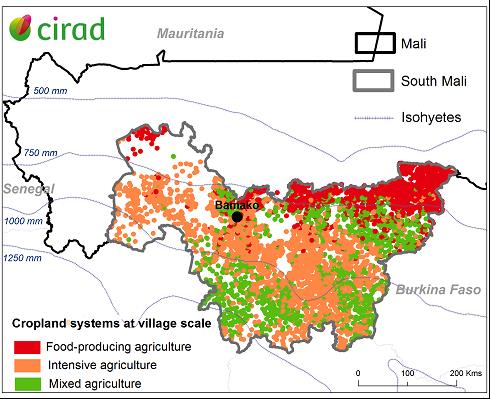
Estimation of yields
- Estimation de la production potentielle de biomasse de canne à des fins énergétiques par modélisation et télédétection
Morel Julien (2014)
Thèse de doctorat de l’Université La Réunion, soutenue le 3 juillet 2014, St Denis (FR), CIRAD-Réunion, 129 p. + annexes. Modélisation spatialisée de la production, des flux et des bilans de carbone et d’eau des cultures de blé à l’aide de données de télédétection : applications au sud-ouest de la France
Veloso Amanda (2014)
Thèse de l’Université Toulouse III Paul Sabatier, soutenue le 23 juin 2014 à Toulouse (FR), CESBIO, 284 p. + annexes.- Application à l’agriculture de la prévision saisonnière : évaluation à l’échelle de la France
Nicolas Canal (2014).
Direction : JC Calvet, CNRM Toulouse
Thèse de l’Université Toulouse III Paul Sabatier, soutenue le 30 Septembre 2014 à Toulouse (FR), CNRM, 249 p - Estimation spatialisée de la biomasse et des besoins en eau des cultures à l’aide de données satellitales à hautes résolutions spatiale et temporelle
Martin Claverie (2012)
Direction : V Demarez B Duchemin Cesbio Toulouse
Thèse de l’Université Toulouse III Paul Sabatier
Precision agriculture
Apports de la télédétection très haute résolution par drone pour l’agriculture de précision – Application à la culture de la canne à sucre sur l’île de La Réunion
Lebourgeois Valentine (2009)
Thèse de Doctorat, Université de La Réunion, St Denis (FR), CIRAD, 159 p. +annexes.Peut-on appliquer le concept d’agriculture de précision à la viticulture ?
Tisseyre Bruno (2012)
HDR de l’Université Montpellier II / SupAgro, Montpellier, 10 Jan. 2012, 71 p.
Biophysical variables / phenotyping
- Potentiel de l’imagerie hyperspectrale de proximité comme outil de phénotypage : application à la concentration en azote du blé
Vigneau Nathalie (2010)
Thèse de Doctorat en Sciences Agronomiques, SupAgro, Montpellier, soutenue le 13 Déc. 2010 à Montpellier, 125 p. Phénotypage haut débit par imagerie multispectrale au verger : Etude du déterminisme génétique de la réponse à la contrainte hydrique d’une population d’hybrides de pommiers (Malus x domestica Borkh.)
Virlet Nicolas (2014)
Thèse de doctorat du Centre international d’études supérieures en sciences agronomiques, soutenue le 3 juillet 2014 à Montpellier (FR), INRA, 204 p. + annexes.
Agricultural practice / agricultural systems
Exploitation de séries temporelles d’images satellites à haute résolution spatiale pour le suivi des prairies en milieu agricole
Dusseux Pauline (2014)
Thèse de l’Université Rennes 2 Haute Bretagne, soutenue le 5 décembre 2014 à Rennes, COSTEL, 189 p. + annexes.- Elaboration des scénarios d’irrigation en réponse à une diminution de la ressource hydrique disponible et quantification de l’impact de ces scénarios sur la production agricole et la recharge des nappes
M. Alkassem Alosman (2013-2015)
Direction : A. Olioso, S. Ruy
UMR EMMA Avignon - Suivi hydrique des sols et de la végétation pour la supervision et la gestion des systèmes irrigués
M El Hajj (2013-2015)
Direction : Nicolas Baghdadi, IRSTEA, UMR TETIS, Montpellier
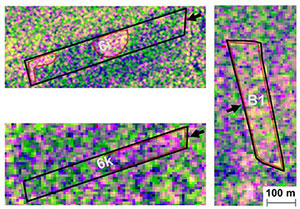
Suivi par télédétection radar de l’irrigation sur 3 parcelles (6k, 6i, b1) du Domaine du Merle près de Salon de Provence. L’imagerie radar permet d’identifier les zones d’eau libre à la surface des parcelles (zones délimitées par un contour rouge sur la figure) : la parcelle 6k représente la lame d’eau en cours de progression, la parcelle b1 est entièrement submergée, sur la parcelle 6i les zones dépressionnaires recouvertes d’eau après l’irrigation sont visibles. (El Hajj et al, 2014)
- Apport de la télédétection spatiale à l’analyse de la performance des systèmes d’irrigation en zones semi-arides
MH Kharrou, 2014
Thèse soutenue le 8 décembre 2014, à l’université des sciences de Marrakech, 243p
Direction Jarlan L cesbio, S Khabba Univ Marrakech - Estimation spatialisée de l’évapotranspiration et suivi de l’irrigation en milieu semi-aride à l’aide des données de l’infrarouge thermique
Chirouze J (2013)
Resp G Boulet, Cesbio – Université Paul Sabatier Toulouse
Articles
- Validation of coarse spatial resolution LAI and FAPAR time series over cropland in southwest France. Claverie, M., Vermote, E.F., Weiss, M., Baret, F., Hagolle, O. and Demarez, V., 2013. Remote Sensing of Environment, 139(0): 216-230.
- Irrigated Grassland Monitoring using a Time Series of TerraSAR-X and COSMO-SkyMed X-band SAR data,. El Hajj M,Baghdadi N,Belaud G,Zribi M,Cheviron B,Courault D,Hagolle O, Charron F, 2014. Remote Sens. 2014, 6(10), 10002-10032; 1003-1032
- An image-based four-source surface energy balance model to estimate crop evapotranspiration from solar reflectance/thermal emission data (SEB-4S). Merlin O., Chirouze J., Olioso A., Jarlan L., Chehbouni G., Boulet G., 2014. Agricultural and Forest Meteorology, 184, 188-203.
- POT-VEGETATION GEOV1 biophysical parameters in semi-arid agro-ecosystems . Raymaekers, D., A. Garcia, C. Di Bella, M. E. Beget, C. Llavallol, P. Oricchio, J. Straschnoy, M. Weiss and F. Baret(2014). International Journal of Remote Sensing 35(7): 2534-2547.
- EVASPA (EVApotranspiration Assessment from SPAce) tool: An overview . Gallego-Elvira B., Olioso A., Mira M., Reyes-Castillo S., Boulet G., Marloie O., Garrigues S., Courault D., Weiss M., Chauvelon P., Boutron O., 2013. Procedia Environmental Sciences, 19, 303–310.

